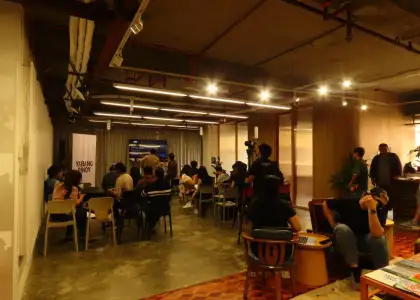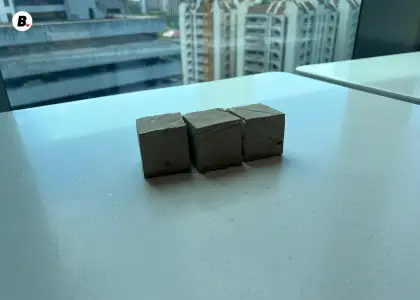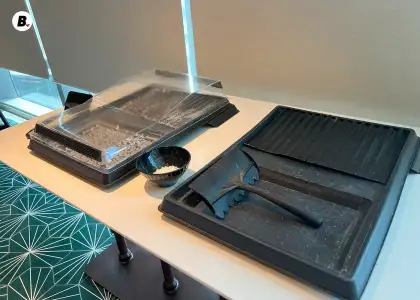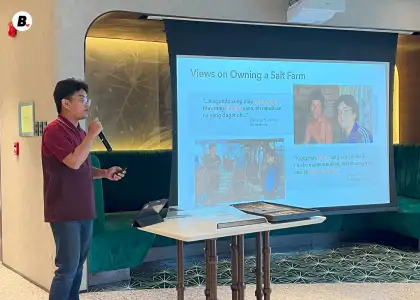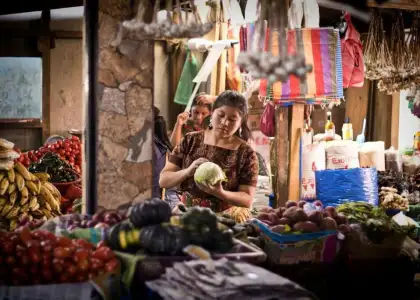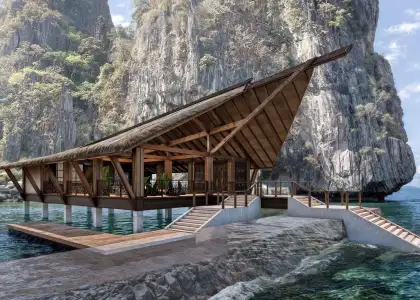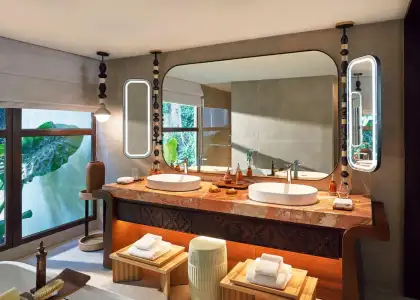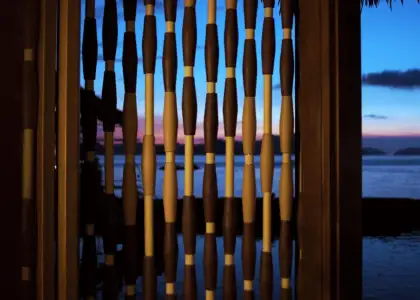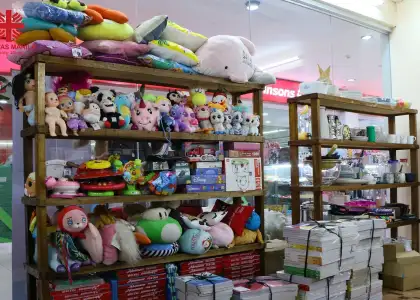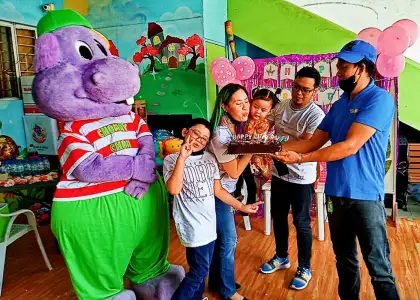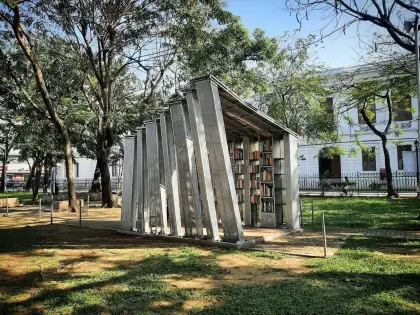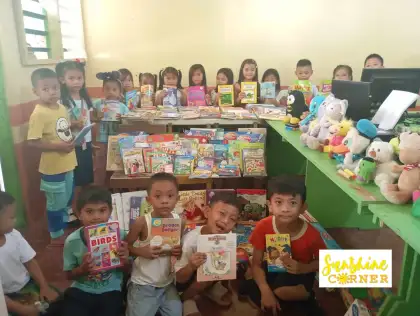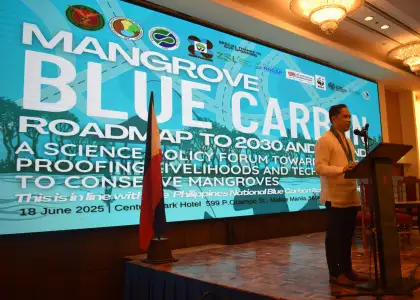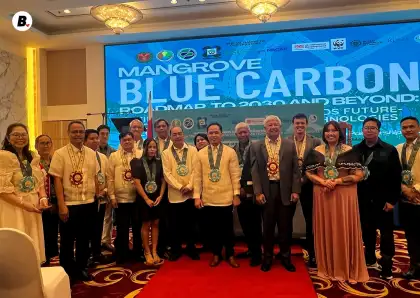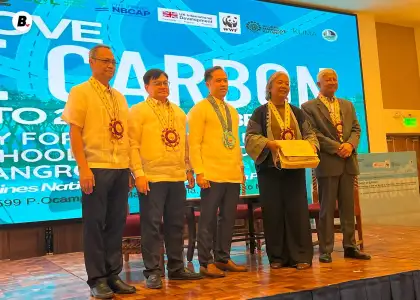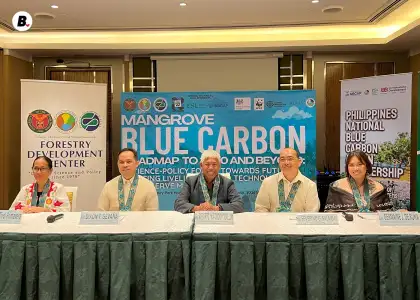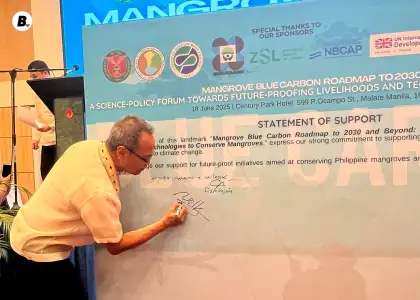Decluttering? Where to Donate Clothes in Metro Manila to Freshen Up Your Wardrobe

Editor's Note: This article was originally published in February 2022 and was recently updated in January 2025.
Feeling the urge to “Marie Kondo” your closet as the new year unfolds? If, like us, you’re itching to start the brand-new year with a more organized and less cluttered life, look no further than your closet. With many of us still stuck at home and resisting the outdoors due to the pandemic, our wardrobes have inevitably taken the backseat. Don’t get us wrong. We don’t mind lounging in our comfy pambahay outfit all day-long. But letting go of that blazer you’ve outgrown or that polo shirt you bought but has never worn (and never will) might just be the fresh restart you need to fuel your sustainability journey and have a great 2022 kick-off. We’re not saying that you should discard all the clothes you haven’t worn recently; you might still need them once this pandemic is over (as to when, we don’t know). But we think it’s time to give a new home to your shirts, tops, jeans, and dresses that have been sitting idle in your closet for eternity.
In this article, we’ve picked five organizations where you can donate clothes within Metro Manila.
Abot PH
This Quezon City-based organization accepts in-kind donations, including garments, for the underprivileged. They collated a list of communities that need help and put up their specific drop-off addresses so donors can directly send their packages to them. Make sure to inform the community first before making the drop-off. Like other non-profit organizations, Abot PH has been instrumental in times of calamities and in bridging gaps in government aid especially in the aftermath of calamities like the most recent typhoon Odette.
Contact Abot PH at give.abot@gmail.com or visit their website here.
Segunda Mana
Operating under Caritas Manila, Segunda Mana accepts donations of second-hand clothes, household items, and furniture. They sometimes sell the donated items for cash that they can use to fund their academic scholars, as well as support the livelihood programs for more than 300 entrepreneurs from the informal sector. Items can be dropped off at Caritas Manila’s base in Pandacan Manila or any Segunda Mana Charity outlet.
You can reach them via donation_inkind@caritasmanila.org.ph or 285620020.
I Support the Girls – Manila
Got preloved bras or unused panties that are either too big or too small for you? I Support the Girls - Manila, a non-profit organization with an international counterpart, is specifically addressing hygiene requirements by providing basic menstrual health and sanitary necessities. They accept preloved bras, new panties, and sanitary napkins, which you can send to their drop-off point along Shaw Boulevard in Mandaluyong. At present, swimsuits and clothes are not accepted for donation.
Check out their website to know more about how you can help I Support the Girls, or contact them at istg.mnl@gmail.com.
Goodwill Industries of the Philippines
“One man’s trash is another’s treasure.” This adage fuels Goodwill Industries’ advocacy to help the disenfranchised. Their concept is simple: they accept in-kind donations, sell them for cash, and use the money to fund their programs. They welcome a range of preloved items including appliances, clothes, books, toys, shoes, electronic devices, and even scraps. You can drop off your items at their base in Taguig between Monday and Saturday from 9 AM to 5 PM. Proceeds are used to assist with their employment training and job placement programs for persons with disabilities.
Get to know more about Goodwill here.
Project PEARLS
The main goal of Project PEARLS, which stands for peace, education, aspiration, respect, love, and smiles, is to “feed, educate, advocate and work for the basic human rights of the children living in poverty.” Despite the pandemic, this nonprofit organization has continued to feed children, with more than 6,000 meals served per week. But apart from food, they also want the children to have a decent way of living by giving them preloved essentials. If you have a child or younger siblings or nieces and nephews who have clothes that they are no longer using, you can donate such items to Project Pearls. Make sure that the clothes are appropriate for our weather, meaning winter attire may need another recipient. Please also make sure that the clothes are still in good condition, something that you don’t mind your own kids wearing again.
Subscribe to The Beat's newsletter to receive compelling, curated content straight to your inbox! You can also create an account with us for free to start bookmarking articles for later reading.















